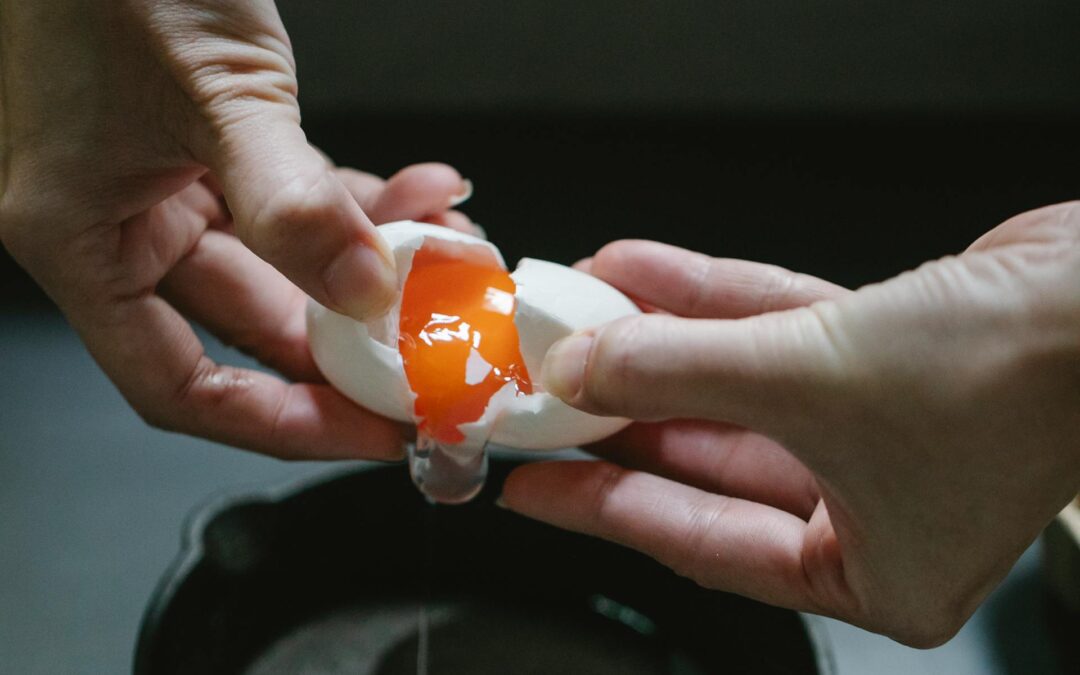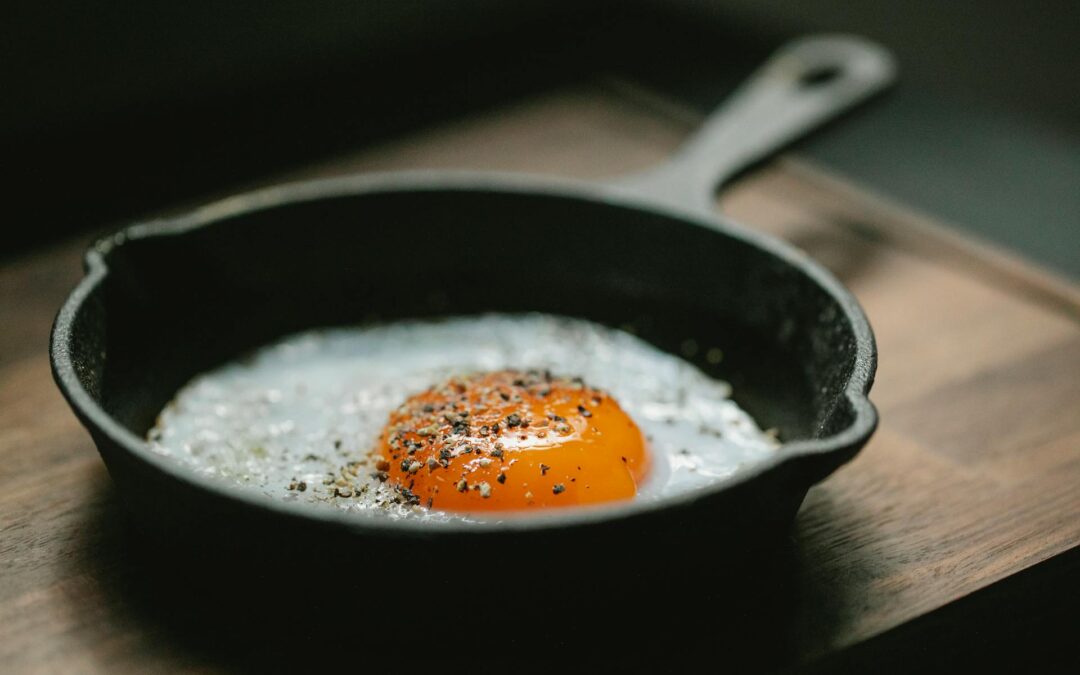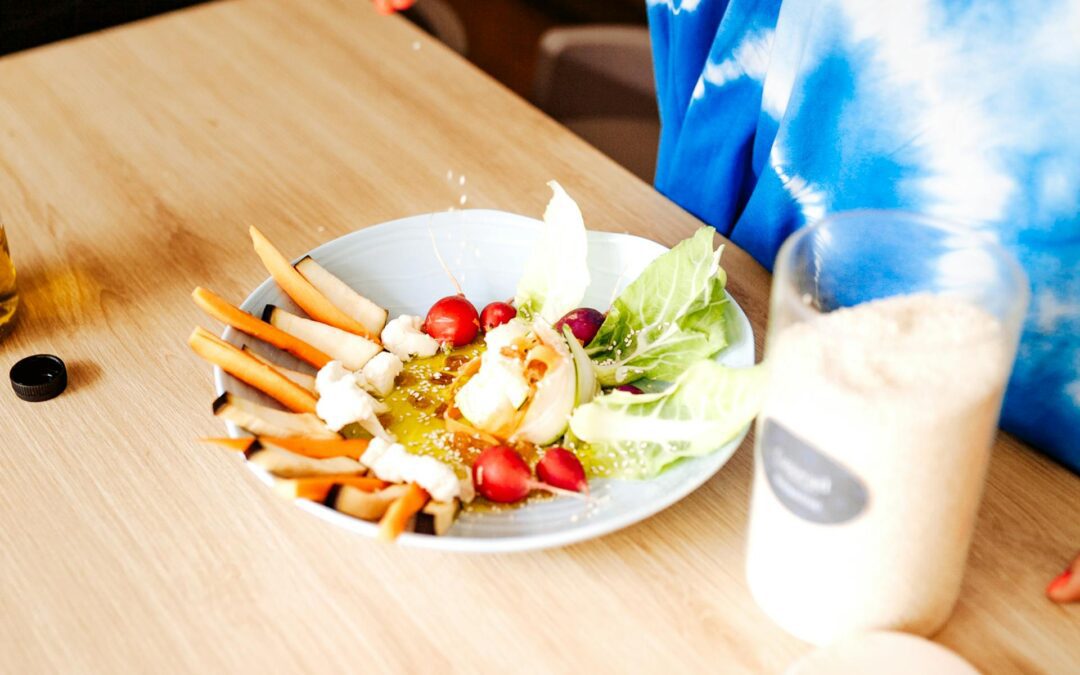The DASH diet, or Dietary Approaches to Stop Hypertension Diet, is mainly connected with boosting heart health, although it may also be utilized for weight loss and overall wellness. The Dash food list is somewhat flexible and non-restrictive for a diet plan that has been shown to address significant health issues. It’s probably what comes to mind when you think about a well-balanced diet.
Continue reading to learn which foods are permitted and prohibited on a diet food list.
What is the DASH diet?
Dietary Approaches to Stop Hypertension is a diet that is advised for persons who wish to avoid or cure hypertension, often known as high blood pressure, and lower their risk of heart disease.
Fruits, vegetables, whole grains, and lean meats are the mainstays of the DASH diet.
The diet was developed when researchers discovered that persons who ate a plant-based diet, such as vegans and vegetarians, had considerably lower blood pressure. (1 , 2)
As a result, the DASH diet emphasizes fruits and vegetables while including lean protein sources such as chicken, fish, and legumes. Red meat, salt, added sugars, and fat are all limited in the diet.
Scientists think that one of the key reasons this diet may assist persons with high blood pressure is because it minimizes salt consumption.
The diet regimen recommends no more than 1 teaspoon (2,300 mg) of salt per day, which is consistent with most national recommendations.
The reduced-salt version suggests no more than 3/4 teaspoon (1,500 mg) of sodium per day.
What are the benefits Dash Diet?
Aside from lowering blood pressure, the diet has a variety of potential advantages, including weight reduction and a lower risk of cancer.
However, since DASH was developed primarily to control blood pressure, you shouldn’t expect it to help you lose weight on its own. Weight reduction might just be a bonus.
The diet has a variety of effects on your body.
Lowers Blood Pressure
Blood pressure measures the force exerted on your blood vessels and organs as blood flows through them. It is divided into two numbers:
- Systolic pressure is the amount of pressure in your blood vessels while your heart beats.
- Diastolic pressure refers to the pressure in your blood vessels between heartbeats while your heart is at rest.
Adults with normal blood pressure have a systolic pressure less than 120 mmHg and a diastolic pressure less than 80 mmHg. This is often expressed with the systolic blood pressure higher than the diastolic blood pressure, as in 120/80.
High blood pressure is defined as a blood pressure value of 140/90 or above.
Surprisingly, the DASH diet decreases blood pressure in both healthy and high-blood-pressure individuals.
In trials, participants on the DASH diet had reduced blood pressure even if they did not lose weight or limit their salt consumption. (3 , 4)
The diet, on the other hand, decreased blood pressure, even more, when salt consumption was limited. Persons who consumed the least salt had the biggest decreases in blood pressure. (5)
These low-salt DASH diet effects were most dramatic in patients who already had high blood pressure, lowering systolic and diastolic blood pressure by an average of 12 mmHg and 5 mmHg, respectively. (6)
It lowered systolic blood pressure by 4 mmHg and diastolic blood pressure by 2 mmHg in those with normal blood pressure.
This is consistent with earlier studies that show that limiting salt consumption helps lower blood pressure, particularly in people with high blood pressure. (7)
Keep in mind that lowering your blood pressure does not automatically imply lowering your risk of heart disease. (8)
Dash Diet May Aid Weight Loss
Whether or whether you lose weight, the DASH diet is likely to reduce your blood pressure.
If you already have high blood pressure, you’ve probably been told to reduce weight.
This is because the more weight you have, the higher your blood pressure is going to be. (9 , 10 , 11)
Losing weight has also been demonstrated to reduce blood pressure. (12 , 13)
According to certain research, the DASH diet may help individuals lose weight. (14 , 15 , 16)
Those who have lost weight on the DASH diet, on the other hand, have been in a managed calorie deficit, which means they were advised to consume fewer calories than they were burning.
People who follow the DASH diet may discover that they immediately lower their calorie intake and lose weight since it eliminates a lot of high-fat, sugary items. Others may have to intentionally limit their consumption. (17)
In any case, if you wish to lose weight on the DASH diet, you must follow a calorie-reduced diet.
Who is this Dash diet for?
In a nutshell, almost everyone. The DASH diet is beneficial to practically everyone since it supports overall health and has preventive effects.
“The DASH diet is suitable for practically everyone. It has the proper dietary balance to help avoid chronic illness, as well as an adequate quantity of protein, fat, and carbs “Auguste states “The only people who should not follow the DASH diet are those who have an illness like renal disease and have been instructed by their doctor that they need to strictly manage an ingredient in their diet,” she says.
What to Eat on the Dash Diet
Before we get into particular foods, make sure you’re acquainted with the DASH diet food serving requirements.
The diet requires a particular number of daily servings from several food categories. In a 2,000-calorie diet, for example, a person might include:
6-8 servings of whole grains every day
Whole-wheat or whole-grain bread, whole-grain breakfast cereals, brown rice, bulgur, quinoa, and oatmeal are all examples of whole grains.
Servings may be as follows:
- 1 whole-grain bread piece
- 1 ounce (28 g) dried whole-grain cereal
- 1/2 cup cooked rice, pasta, or cereal (95 g)
4-5 servings of vegetables per day
The DASH diet allows for the consumption of all veggies.
Servings may be as follows:
- 1 cup (about 30 grams) fresh, leafy green vegetables such as spinach or kale
- 1/2 cup (45 grams) raw or cooked sliced vegetables such as broccoli, carrots, squash, or tomatoes
4-5 servings of fruits per day
You’ll be eating a lot of fruit if you follow the DASH diet. Fruits that may be eaten include apples, pears, peaches, berries, and tropical fruits such as pineapple and mango.
Servings may be as follows:
- 1 apple, medium
- 1/4 cup dried apricots (50 g)
- 1/2 cup (30 g) peaches, fresh, frozen, or canned
2-3 servings of fat-free or low-fat milk and milk products each day
On the DASH diet, dairy products should be low in fat. Skim milk, low-fat cheese, and yogurt are a few examples.
Servings may be as follows:
- One cup low-fat milk (240 mL)
- 1 cup (285.5 g) low-fat yogurt
- 1 pound (45 grams) low-fat cheese
6 ounces or fewer of lean meat, poultry, or fish each day
Choose lean cuts of meat and limit your consumption of red meat to no more than once or twice a week.
Servings may be as follows:
- 1 oz. (28 g) cooked beef, chicken, or fish
- One egg
4-5 servings of nuts, seeds, and legumes each week
Almonds, peanuts, hazelnuts, walnuts, sunflower seeds, flaxseeds, kidney beans, lentils, and split peas are among them.
Servings may be as follows:
- a third of a cup (50 grams) of nuts
- Two tablespoons (40 g) nut butter
- 2 tbsp seeds (16 g)
- 1/2 cup cooked legumes (40 g)
2-3 servings of fats and oils per day
The DASH diet prefers vegetable oils over other types of oils. Margarine and oils such as canola, maize, olive, and safflower are examples of these. It also suggests using low-fat mayonnaise and a light salad dressing.
Servings may be as follows:
- One teaspoon soft margarine (4.5 g)
- 1 teaspoon (5 mL) vegetable oil
- 1 tbsp (15 g) mayonnaise
- Two tablespoons salad dressing (30 mL)
5 servings of sweets and added sugars per week or less
On the DASH diet, added sugars are kept to a minimum, so restrict your consumption of sweets, soda, and table sugar. The DASH diet also limits unprocessed sugars and other sugar sources, such as agave nectar.
Servings may be as follows:
- One teaspoon (12.5 grams) sugar
- 1 tablespoon (20 g) jelly or jam
- 1 cup lemonade (240 mL)
What foods you should avoid on the DASH diet.
The DASH diet restricts meals that are bad for your blood pressure and heart health. When following the eating plan, the following foods should be avoided.
- High-sodium foods
- Red meats
- Added sugar
Sample Menu for One Week with Dash Diet
Here’s an example of a one-week meal plan for the normal DASH diet, based on 2,000 calories per day:
Monday
- Breakfast: 1 cup (90 g) oats with 1 cup (240 ml) skim milk, 1/2 cup (75 g) blueberries, and 1/2 cup (120 ml) fresh orange juice
- 1 medium apple and 1 cup (285 grams) low-fat yogurt as a snack
- Lunch: Tuna and mayonnaise sandwich with 2 slices whole-grain bread, 1 tablespoon (15 grams) mayonnaise, 1.5 cup (113 grams) green salad, and 3 ounces (80 grams) canned tuna
- Dinner: 3 ounces (85 g) lean chicken breast cooked in 1 teaspoon (5 ml) vegetable oil with 1/2 cup (75 g) broccoli and carrots Served with 1 cup (190 g) brown rice.
Tuesday
- 2 pieces whole-wheat bread with 1 teaspoon (4.5 grams) margarine, 1 tablespoon (20 grams) jelly or jam, 1/2 cup (120 ml) fresh orange juice, and 1 medium apple for breakfast.
- 1 medium banana as a snack
- Lunch: 3 oz. (85 g) lean chicken breast with 2 cups (150 g) green salad, 1.5 oz. (45 g) low-fat cheese, and 1 cup (190 g) brown rice.
- Snack: 1/2 cup (30 g) canned peaches and 1 cup (285 g) low-fat yogurt
- Dinner: 3 ounces (85 g) salmon cooked in 1 teaspoon (5 ml) vegetable oil with 1 cup (300 g) boiled potatoes and 1.5 cups (225 g) boiling veggies.
Wednesday
- Breakfast: 1 cup (90 g) oats, 1 cup (240 ml) skim milk, and 1/2 cup (75 g) blueberries 1/2 cup (120 mL) freshly squeezed orange juice
1 medium orange as a snack - 2 pieces whole-wheat bread, 3 ounces (85 grams) lean turkey, 1.5 ounces (45 grams) low-fat cheese, 1/2 cup (38 grams) green salad, and 1/2 cup (38 grams) cherry tomatoes for lunch
- Snack: 4 whole-grain crackers with 1.5 oz (45 g) cottage cheese and 1/2 cup (75 g) canned pineapple.
- Dinner: 6 ounces (170 g) fish fillet, 1 cup (200 g) mashed potatoes, 1/2 cup (75 g) green peas, and 1/2 cup (75 g) broccoli
Thursday
- Breakfast: 1 cup (90 g) oats, 1 cup (240 ml) skim milk, and 1/2 cup (75 g) raspberries 1/2 cup (120 mL) freshly squeezed orange juice
1 medium banana as a snack - Lunch: Salad with 4.5 ounces (130 g) grilled tuna, 1 cooked egg, 2 cups (152 g) green salad, 1/2 cup (38 g) cherry tomatoes, and 2 teaspoons (30 ml) low-fat dressing.
- Snack: 1/2 cup (30 g) canned pears and 1 cup (285 g) low-fat yogurt
- Dinner consists of 3 ounces (85 grams) of pork fillet, 1 cup (150 grams) of mixed veggies, and 1 cup (190 grams) of brown rice.
Friday
- 2 cooked eggs, 2 slices turkey bacon, 1/2 cup (38 grams) cherry tomatoes, 1/2 cup (80 grams) baked beans, and 2 slices whole-wheat bread, plus 1/2 cup (120 ml) fresh orange juice for breakfast
- 1 medium apple as a snack
- 2 slices whole-wheat bread, 1 tablespoon low-fat mayonnaise, 1.5 ounces (45 grams) low-fat cheese, 1/2 cup (38 grams) salad greens, and 1/2 cup (38 grams) cherry tomatoes for lunch
- 1 cup fruit salad as a snack
- Pasta and meatballs cooked with 1 cup (190 grams) spaghetti and 4 ounces (115 grams) minced turkey for dinner. On the side, serve 1/2 cup (75 grams) of green peas.
Saturday
- 2 slices whole-wheat bread with 2 teaspoons (40 grams) peanut butter, 1 big banana, 2 tablespoons (16 grams) mixed seeds, and 1/2 cup (120 ml) fresh orange juice for breakfast
- 1 medium apple as a snack
- 3 ounces (85 grams) grilled chicken, 1 cup (150 grams) roasted veggies, and 1 cup (190 grams) couscous for lunch.
- Snack: 1/2 cup (30 g) mixed berries and 1 cup (285 g) low-fat yogurt
- Dinner: 3 oz. (85 g) pork steak and 1 cup (150 g) ratatouille with 1 cup (190 g) brown rice, 1/2 cup (40 g) lentils, and 1.5 oz. (45 g) low-fat cheese.
- Low-fat chocolate pudding for dessert.
Sunday
- Breakfast: 1 cup (90 g) oats with 1 cup (240 ml) skim milk, 1/2 cup (75 g) blueberries, and 1/2 cup (120 ml) fresh orange juice
1 medium pear as a snack - Lunch: 3 ounces (85 grams) lean chicken breast, 1 tablespoon mayonnaise, 2 cups (150 grams) green salad, 1/2 cup (75 grams) cherry tomatoes, 1/2 tablespoon (4 grams) seeds, and 4 whole-grain crackers
- 1 banana and 1/2 cup (70 grams) almonds as a snack
- Dinner: 3 ounces roast beef with 1 cup (150 g) cooked potatoes, 1/2 cup (75 g) broccoli, and 1/2 cup (75 g) green peas.
How to make Your Dash Diet
Because the diet does not have defined foods, you may modify your existing diet to the DASH recommendations by performing the following:
- Consume more fruits and vegetables.
- Replace refined grains with whole grains.
- Choose dairy products that are fat-free or low-fat.
- Select lean protein sources such as fish, chicken, and legumes.
- Use vegetable oils for cooking.
- Limit your consumption of items rich in added sugars, such as soda and sweets.
- Limit your consumption of saturated fat-rich foods such as fatty meats, full-fat dairy, and oils such as coconut and palm oil.
Aside from specified servings of fresh fruit juice, this diet advocate sticking to low-calorie liquids like water, tea, and coffee.
Results in Bottom Line
When it comes to the DASH diet principles, there isn’t much to remember, but if you’re coming from the Standard American Diet, this might seem overwhelming.
Begin by looking through your pantry and donating any non-compliant items. If you want to decrease your blood pressure, you should also consider getting rid of your alcohol and coffee stashes. According to research, cutting down on both beverages is associated with improved blood pressure management.
Finding recipes that are similar to some of your favorite meals might also make the switch seem less abrupt. While food is vital for general health, exercise is also important. So, start cooking and getting going.







0 Comments